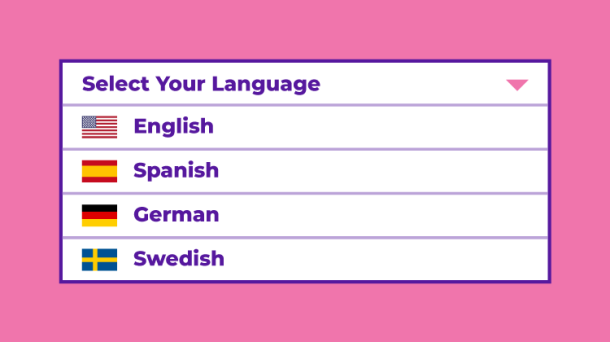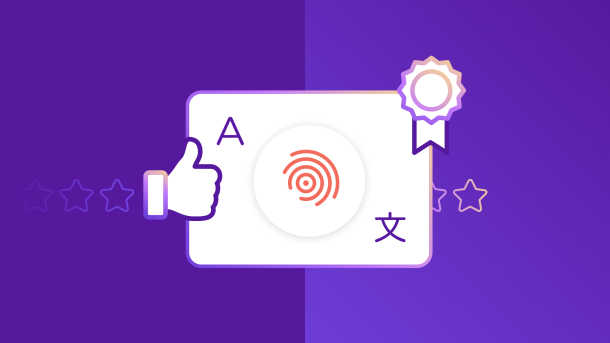With the skyrocketing interconnectedness of businesses and international customers, startups and enterprise organizations alike are finding new and faster ways to expand their offerings into new markets and scale their business at awe-inducing rates.
However, to succeed in market penetration, you need to relate to your target audiences both culturally and linguistically.
In order to do this, you need a language translation solution (usually a combination of translation services and software) that blows robot-sounding, old-school computer translations out of the water. You need to write in the same way locals speak and take into account colloquialisms and industry-based sayings.
But there’s a catch-22. Content translated or transcreated to account for local colloquialisms and specific industry terms takes a lot longer to translate and is more expensive than using automated online translators.
An automated language translator can handle large volumes of content, but a tool that gets the best results from human translation professionals leads to more accurate translations.
Because finding the right balance for your business can be tricky, the following are some tips to help you find the best language translator combination for your business needs:
Set Your Translation Budget and Scalability Goals
Like any high-value content creation service, translation has a cost associated with it. Make sure you know how much money you have to work with. This can make an immediate difference in the translation services you choose, whether you’re choosing between translation and transcreation or human work and software.
Also, knowing your realistic scalability goals will help you get a better picture of your timeline and how your monetary resources fit into that.
Simply saying you want to expand into as many countries as quickly as possible will be a recipe for disaster, and not only for your website—you’ll also have a headache figuring out customer service, product deployment, and localized office management.
Use Your Current Content to Decide Between Translation and Transcreation
Transcreation can only be done by people, but it will be necessary if you have a marketing message that focuses on evoking certain feelings instead of a fact-based and data-driven message.
Instead of working from a base text, professional transcreators work from a creative brief. This way, they make sure the core feeling gets across without getting caught up in words and phrases. If nothing else, you may want to transcreate your tagline.
Translation, on the other hand, can either be done by a team of professionals or a software program. The job here is to translate word-for-word or phrase-for-phrase. This works well if you have a unilateral message and want to get directly into specific markets.
Fight the Urge to Overburden Your Bilingual Employees With Translation
Your employees know your brand better than any professional translator you would hire, and they can be a great resource to get started on the road to fast, quality, and affordable translations.
However, if you overburden them with this responsibility, they may start to dislike spending the majority of their time doing something that doesn’t fit their job role.
Even though it’s “free” to use them as translators, you’ll discover a huge hidden cost when the productivity of their department decreases because they can’t focus on their core responsibilities.
Try a Corporate Translation Software Product
Rather than using free software such as Google Translate, which is helpful for limited consumer use cases but notorious for errors, experiment with business translation software that can be trained specifically to match the way your company speaks to its audience.
To do this, pull out your content bank of web pages and marketing materials you’ve already translated to incorporate your preferred translations into the database. Use a human eye for a while to help train the software to work more accurately according to your industry’s vocabulary.
If you don’t have a backlog, hire a professional to manually translate a handful of your harder pages. Though this can be a larger upfront cost for smaller businesses, with time and training, it can vastly increase quality with scalability and provide overall savings, especially if you have larger-scale expansion plans.
Finding The Right Balance For Succesful Translation Management
Deciding on the best translation and localization services combination for your business might take a little time and experimentation.
There are many possibilities—some are more affordable, some have more room for error, and some are far more scalable. Learn more about how the best combination can open new doors for your business to expand and become more profitable in more countries.





